
The Amazon Export Journey
Imagine standing at the gates of one of the world's largest marketplaces, Amazon, ready to launch your products to millions globally. I recall my initial days as an exporter to Amazon—it was a blend of excitement, confusion, and costly mistakes. Today, I share a comprehensive guide, peppered with lessons from my personal journey, to illuminate the path for aspiring exporters, especially those from vibrant markets like the Philippines.
Understanding Amazon's Export Ecosystem
Before diving into tactics, grasp the framework of Amazon's export operations. Amazon operates globally with region-specific marketplaces—Amazon.com, Amazon.co.uk, Amazon.de, and many others. Exporting to Amazon means mastering regulations, logistics, fulfillment, and marketing tailored to each region.
One fundamental mistake I made was neglecting the differences in tax codes and import duties between the US and the European Union. Early on, this oversight cost me thousands of US dollars and delayed shipments by weeks.
Key Export Components to Consider
- Product Compliance and Certification
- Logistics and Fulfillment Methods
- Duty and Tax Understanding
- Listing Optimization and SEO
- International Customer Service
Product Selection: What Sells on Amazon Internationally?
My first exports consisted of generic Filipino handicrafts, assuming they would attract global buyers due to their uniqueness. However, it turned out that global Amazon customers prioritize competitive pricing, product reviews, and fast shipping. This realization shifted my focus towards more scalable product categories like electronics accessories and health supplements.
Utilize data analytics tools like Jungle Scout or Helium 10 to research trending products, competition levels, and market demand.
Registration and Compliance: The Philippine Exporter’s Advantage
Philippine exporters have to register with the Philippine Exporters Confederation (PHILEXPORT) and secure necessary permits. Incorporating your business with the Securities and Exchange Commission helps build credibility on Amazon.
| Step | Description | Estimated Cost (PHP) |
|---|---|---|
| Register Business | SEC Registration and Barangay Clearance | 3,000 - 10,000 |
| PHILEXPORT Membership | Export Advocacy and Assistance | 5,000 annually |
| DTI Export Certificate | Proof of Exporter Status | 500 - 1,000 |
| Product Certification | Safety and Quality Compliance | Variable, 2,000+ |
Understanding these upfront costs saves you from unexpected delays and builds trust with Amazon’s Seller Support.
Fulfillment Strategies: FBA vs FBM
In my early days, I primarily used Fulfillment by Merchant (FBM), personally handling shipments from the Philippines. The high shipping times and occasional customs issues led to negative reviews.
Transitioning to Fulfillment by Amazon (FBA) revolutionized my business. Amazon handles storage, packaging, and shipping, drastically improving delivery speed and customer satisfaction.
Key Differences Between FBA and FBM
| Aspect | FBA | FBM |
|---|---|---|
| Inventory Storage | Amazon Warehouses | Seller’s Location |
| Shipping Speed | Prime Eligible, Faster | Dependent on Seller |
| Costs | Storage and Fulfillment Fees | Shipping and Packaging Costs |
| Customer Service | Amazon Handles | Seller Handles |
For exporters from the Philippines, FBA offers a competitive edge, especially for bulky items. However, FBM remains viable for niche or low-volume products.
Pricing Strategy: Currency, Competition, and Cost Considerations
Pricing in international markets requires understanding currency exchange rates, taxes, shipping, and Amazon fees.
For instance, if your product costs PHP 500 to manufacture, shipping and fees add another PHP 700. Amazon's referral fees average around 15%. Here's a simplified pricing calculation:
Cost of Goods Sold (COGS): PHP 500
Shipping & Fulfillment: PHP 700
Amazon Referral Fee (15%): Calculated on selling price (SP)
Target Profit Margin: 20%
Using PHP:
Let SP = Selling Price
Amazon Fee = 0.15 × SP
Profit = SP - (COGS + Shipping + Amazon Fee) = 0.20 × SP
So,
SP - (500 + 700 + 0.15 × SP) = 0.20 × SP
SP - 1,200 - 0.15 SP = 0.20 SP
SP - 0.15 SP - 0.20 SP = 1,200
0.65 SP = 1,200
SP = 1,200 / 0.65 = PHP 1,846
This calculation helps set competitive and profitable prices.
SEO and Listing Optimization: Making Your Product Discoverable
Many fail to realize that Amazon functions as a search engine. Listing optimization is critical to winning the Buy Box and enhancing visibility.
Utilize keyword research tools to identify high-volume search terms related to your product. Incorporate these keywords naturally into your product title, bullet points, and description.
Example from my journey: Adding the term “Eco-Friendly” into product listings increased conversion rates by 25% as global customers increasingly value sustainability.
Marketing Outside Amazon: Driving External Traffic
While Amazon provides immense reach, external traffic improves rankings and sales velocity.
Consider these channels:
- Social Media Advertising (Facebook, Instagram tailored for Filipino demographics)
- Google Ads targeting international buyers
- Content Marketing through blogs and influencer partnerships
For example, collaborating with Filipino-American influencers on Instagram helped boost awareness and direct traffic to my product pages.
Handling Customer Service and Returns
Providing top-notch customer service is non-negotiable. Negative reviews can tank your products.
Even with FBA, be proactive in responding to queries, managing refunds, and solving disputes.
One hard-earned lesson: I once ignored a negative review citing delayed delivery, only to lose sales momentum. Addressing it promptly with apologies and refunds restored reputation and sales.
Scaling and Expansion: From Philippines to Global Markets
After successfully exporting from the Philippines to Amazon US, I explored European and Japanese marketplaces.
Challenges included tax registration (e.g., VAT in EU), language localization, and divergent shipping protocols. Partnering with local consultants eased these hurdles.
Scaling requires continuous optimization, product diversification, and leveraging Amazon's global selling tools for multi-marketplace listing management.
Advanced Inventory Management: Avoiding Stockouts and Overstocks
Inventory management is a critical balancing act. In my early export ventures, I faced the pitfall of stockouts due to unexpected surges in demand, leading to lost sales and impaired rankings. Conversely, overstocking resulted in hefty FBA storage fees which quickly ate into my profits.
To solve this, I implemented robust forecasting methodologies, leveraging Amazon Seller Central's inventory tools alongside historical sales data and market trends. Seasonal trends, such as increased demand during US holidays like Black Friday and Christmas, must also be factored into your ordering schedules.
Navigating Customs and Duties: Avoiding Costly Delays
At one point, a shipment destined for Amazon’s US warehouses was held up at customs for two weeks, incurring demurrage charges and disappointing customers. This experience underscored the importance of accurate Harmonized System (HS) codes, proper documentation, and understanding import duties.
For Philippine exporters, collaborating with experienced freight forwarders and customs brokers—who understand both local export regulations and target market import rules—is invaluable. Being proactive in paying duties and ensuring compliance reduces risks significantly.
Utilizing Amazon Brand Registry for Intellectual Property Protection
Registering your product brand with Amazon Brand Registry not only protects against counterfeiters but also unlocks enhanced marketing tools such as A+ Content and Sponsored Brand Ads. Early in my export journey, failing to register resulted in unauthorized sellers listing my products at lower prices, confusing customers and cannibalizing sales.
Advertising Campaigns: Maximizing ROI on Amazon Ads
Amazon’s internal advertising platform is powerful but complex. I initially wasted budget on broad campaigns with poor targeting, leading to low click-through-rates (CTR) and poor conversion.
Refining campaigns through keyword targeting, negative keyword lists, and monitoring Advertising Cost of Sales (ACoS) helped optimize spend. For instance, lowering bids on generic keywords and increasing focus on long-tail phrases improved campaign efficiency by 40%.
Leveraging Customer Feedback and Reviews
Amazon's algorithm favors products with excellent reviews. I made it a habit to solicit feedback through follow-up emails and insert cards, always adhering to Amazon's guidelines to prevent policy violations.
A memorable learning point was when a small tweak in packaging—adding clear instructions—led to a surge in positive reviews, significantly boosting sales.
Embracing Amazon Global Selling Tools for Multi-Country Expansion
The roadmap for scaling my export business included using Amazon’s Global Selling program, which simplifies listing products across marketplaces.
Through this, managing currency exchange, localized pricing, and compliance becomes more streamlined. However, I advise caution to fully understand market-specific compliance and cultural nuances when tailoring listings.
Financial Planning and Currency Risk Management
Exporting means dealing with fluctuating currencies. The Philippine Peso’s volatility versus the US Dollar and Euro impacted my margins. To mitigate this, I partnered with financial institutions offering forward contracts and hedging solutions.
Moreover, keeping detailed financial records and tracking all fees ensures realistic profit evaluation.
Building Strategic Partnerships and Networking
I found joining export associations and attending Amazon Seller conferences invaluable. Networking with fellow entrepreneurs and experts provided insights beyond textbooks—like discovering emerging product trends or new fulfillment options.
In Manila, local seminars also connected me with logistics firms experienced in international shipping, reducing lead times and costs.
Case Study: From Local Manufacturer to Amazon Exporter
One Philippine-based SME specializing in organic coconut oil products applied these principles and scaled to six figures monthly revenue within 18 months.
They started with product certification for international markets, transitioned to FBA, optimized listings with relevant keywords like “Virgin Coconut Oil Organic,” and leveraged social media marketing targeting Filipino diaspora communities.
Their success exemplifies how disciplined strategy combined with Amazon's tools creates export growth.
Optimizing for Voice Search and Mobile Shopping Trends
With growing mobile adoption, especially in Southeast Asia, optimizing listings for mobile interfaces and voice search becomes essential. This includes concise titles, bullet points, and using question-based keywords to capture voice queries.
Continuous Learning and Adapting
Amazon’s platform evolves quickly. In my journey, staying updated on policy changes, new features, and creative marketing strategies was critical. Subscribing to industry newsletters, joining webinars, and monitoring competitor tactics helped me stay one step ahead.
We are the best marketing agency in the Philippines.
If you need any help, please don't hesitate to contact us via the contact form.






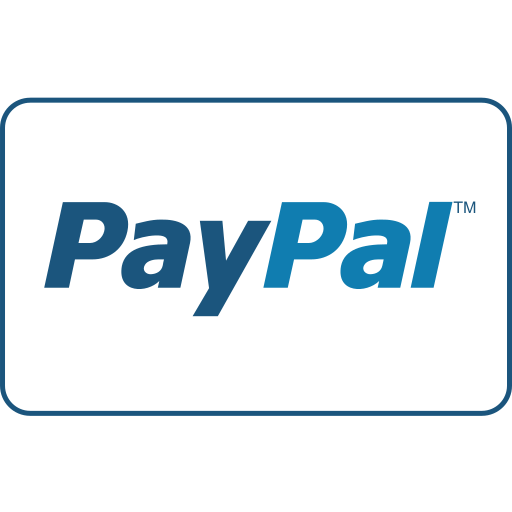
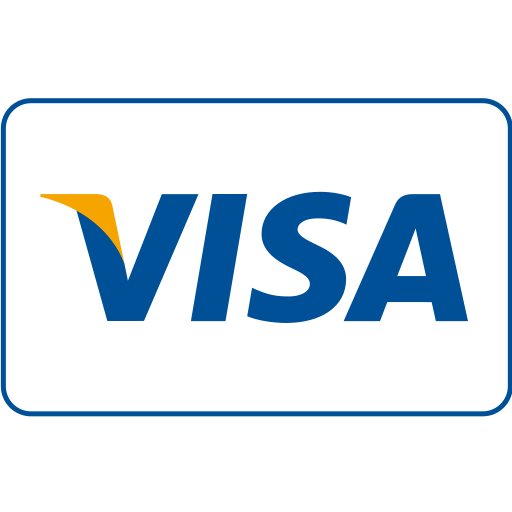
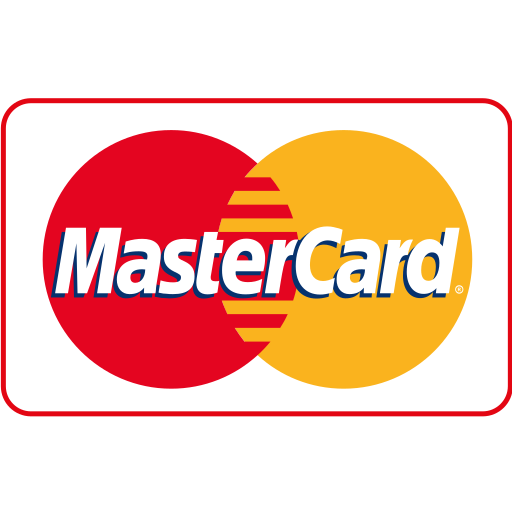
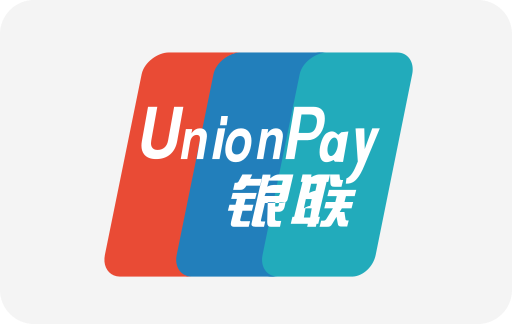
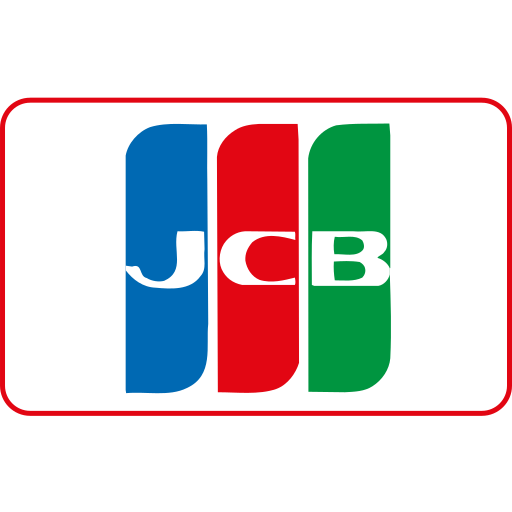


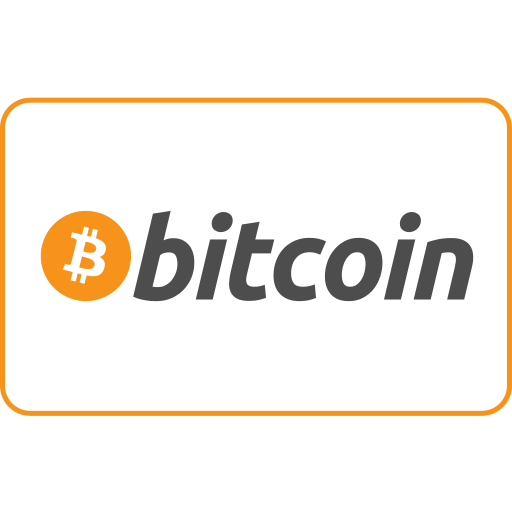

Ang PH Ranking ay nag-aalok ng pinakamataas na kalidad ng mga serbisyo sa website traffic sa Pilipinas. Nagbibigay kami ng iba’t ibang uri ng serbisyo sa trapiko para sa aming mga kliyente, kabilang ang website traffic, desktop traffic, mobile traffic, Google traffic, search traffic, eCommerce traffic, YouTube traffic, at TikTok traffic. Ang aming website ay may 100% kasiyahan ng customer, kaya maaari kang bumili ng malaking dami ng SEO traffic online nang may kumpiyansa. Sa halagang 720 PHP bawat buwan, maaari mong agad pataasin ang trapiko sa website, pagandahin ang SEO performance, at pataasin ang iyong mga benta!
Nahihirapan bang pumili ng traffic package? Makipag-ugnayan sa amin, at tutulungan ka ng aming staff.
Libreng Konsultasyon